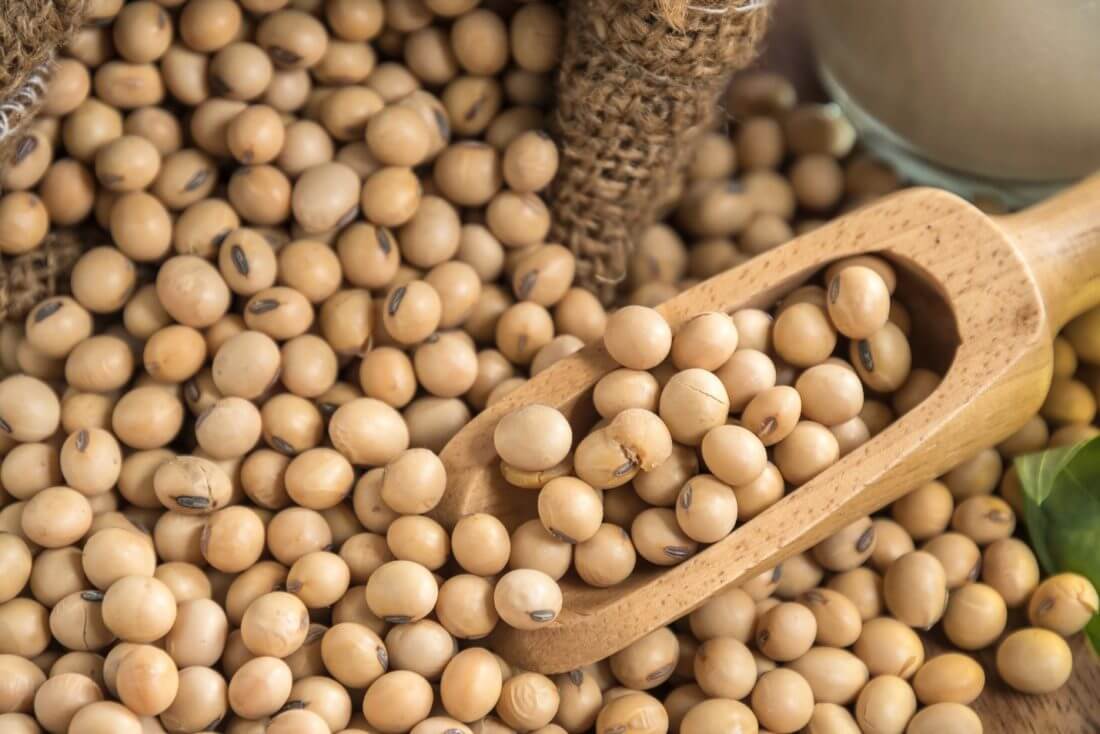On Tuesday, the Chinese government said that it is pushing for an increase in soybean outputs to improve grain independence.
US soybean futures for March delivery went down by -0.45% to $1,5330.12 per bushel on February 15’s Asian afternoon session.
Besides, Tang Renjian, Central Rural Work Leading Group Office Director, pushed local authorities to build up grain field management.
Between February and May, the springtime will begin as he wants officials to shore up planting areas.
Also, he emphasized that soybean production is part of China’s plan to hold back on its dependence on edible oil crops. Renjian said that the interventions target raising food productivity to gather a bumper harvest of crops.
The Asian nation noted that the efforts increased the area of fields to 10.26 million hectares last year. During the period, the commodity’s output reached 20.28 million tons, marking its first time surpassing 20.00 million tons.
On February 13, Beijing’s cabinet dwelled on the goal to boost grain production. The information was reported on their annual rural policy blueprint called No. 1 central document.
Moreover, working on agriculture and rural areas has been their priority for two decades. The central document underlined their efforts to stabilize production and assure a steady supply of soybean and other agricultural products.
Brazilian Soybean Decrease amid Drought
On Tuesday, analysts said their estimates for Brazilian soybean would decline due to drought in the Rio Grande do Sul state.
According to experts, the outputs would reach their 155.00-million-ton estimate in the 2022 to 2023 cycle. However, the anticipated 400,000.00 ton is a decrease from their 153.40-million-ton forecast.
As of last January, southern Brazilian states struggled with drought, leading them to cut production estimates. Almost 10.00 million tons were lessened due to the lack of rain.
Moreover, the dry spell in its southernmost state worsened. It came as 80.00% of the planted soybeans were in their reproductive period, which is crucial for the crop’s growth.
Furthermore, analysts have lowered their estimates for Rio Grande do Sul to 38.60-kilo bags per hectare from 51.50 bags.











